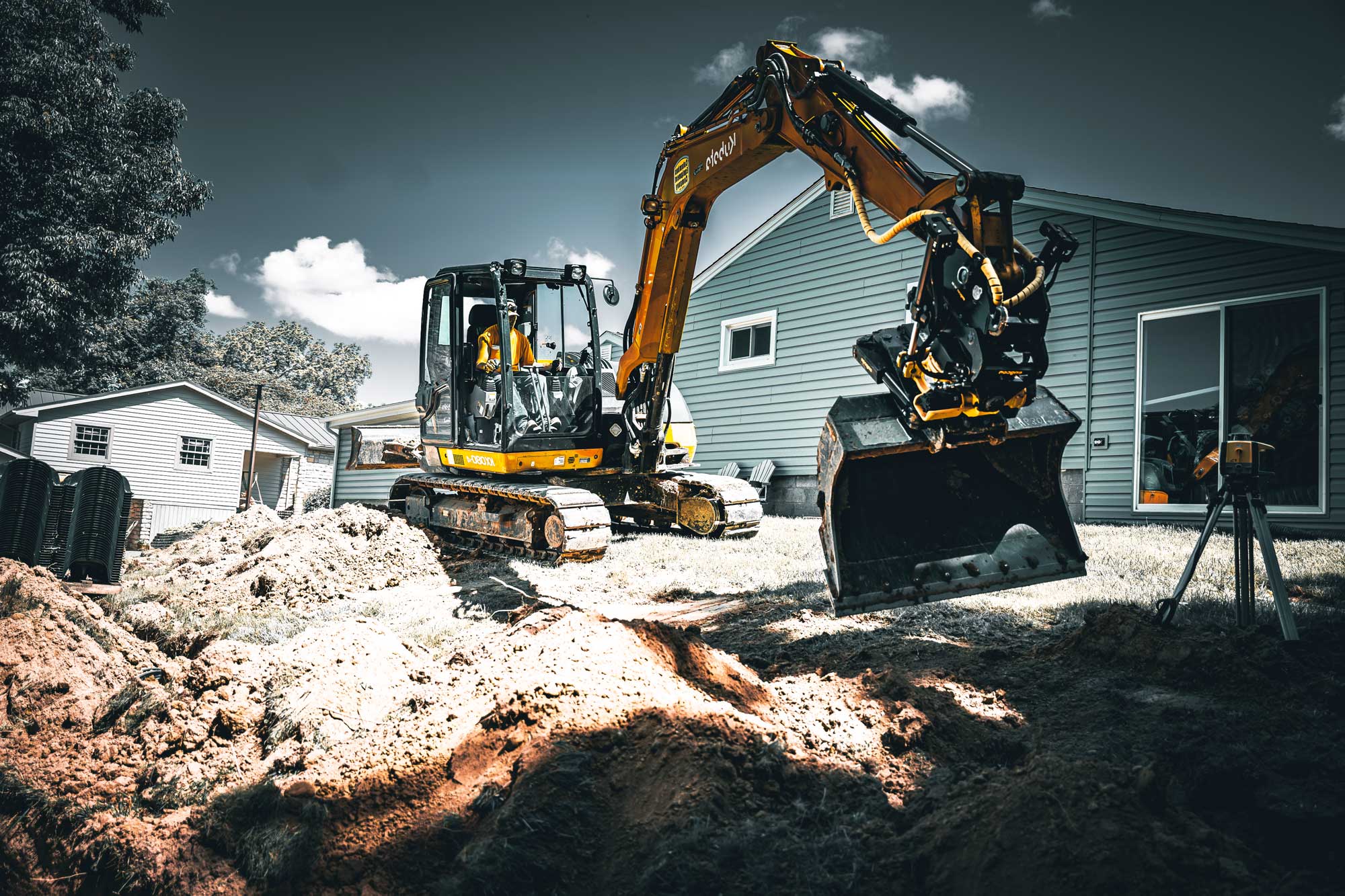In-Depth Expedition: The Science Behind Superior Excavation Practices
From old hand devices to modern-day hydraulic excavators, the evolution of excavation techniques has actually been a testimony to human resourcefulness and technological innovations. What really sets exceptional excavation practices apart is a deep understanding of geological concepts, coupled with the usage of sophisticated devices and approaches.
Evolution of Excavation Methods
Throughout history, the evolution of excavation strategies has played a critical role in advancing building and construction methods and historical explorations. From the basic devices utilized by our ancestors to the innovative equipment utilized in modern-day times, the progression of excavation methods has significantly transformed how we approach different jobs.
In old times, hand-operated labor with fundamental devices such as pickaxes, wheelbarrows, and shovels was the key technique of excavation. This labor-intensive procedure restricted the deepness and range of excavations, commonly causing slow progression and restricted accessibility to certain sites. As civilizations progressed, so did the devices and techniques used for excavation.
The Industrial Revolution marked a transforming factor in excavation methods with the introduction of steam-powered equipment. In contemporary times, technology plays a crucial function in excavation, with developments like GPS systems, drones, and 3D scanning improving precision and performance in the area.
Function of Modern Technology in Excavation

The assimilation of sophisticated innovation has fundamentally changed the area of excavation, boosting accuracy and effectiveness to unmatched levels. Among the vital technological developments that has actually substantially impacted excavation techniques is the application of GPS systems. These systems permit specific mapping of excavation sites, enabling drivers to properly locate underground utilities and frameworks. Furthermore, the use of telematics in excavation tools has actually allowed real-time monitoring of equipment performance, causing positive maintenance and raised functional efficiency.
Furthermore, the advent of 3D modeling and simulation software program has structured the planning procedure for excavation jobs. Operators and engineers can now picture the whole excavation process before damaging ground, enhancing and recognizing potential challenges process. Along with this, the execution of drones in excavation activities has actually assisted in aerial studies, volumetric dimensions, and website examinations with unequaled rate and precision.
Geological Principles in Excavation
An understanding of geological principles is crucial for guaranteeing the architectural honesty and security of excavation sites. Geological elements play an essential function in determining the usefulness and safety and security of excavation jobs (septic ohio). One vital geological principle to take into consideration is the sort of dirt or rock present at the website. Different soil types, such as clay, gravel, or sand, have differing levels of stability and need various excavation strategies. For circumstances, cohesive dirts like clay may need added support to avoid collapses, while sandy dirts might be susceptible to erosion throughout excavation.
Moreover, the geological structure of the location, consisting of faults, fractures, and rock developments, should be carefully analyzed to identify prospective risks and obstacles. Digging deep into near geological fault or unstable rock formations these details can bring about instability and prospective hazards. By carrying out thorough geological studies and analysis, excavators and designers can create methods to mitigate threats and make certain the effective conclusion of excavation jobs. Eventually, integrating geological concepts into excavation techniques is crucial for achieving risk-free, efficient, and sustainable results.

Most Current Devices for Excavation
In the realm of excavation practices, contemporary advancements in devices have reinvented the effectiveness and accuracy of excavation processes. One of the most up to date tools making waves in the market is making use of drones equipped with advanced imaging modern technology. These drones can provide in-depth aerial surveys of excavation websites, using real-time information on topography and prospective hazards. This information aids in better planning and decision-making during the excavation process.
One more cutting-edge device gaining appeal is the execution of 3D printing modern technology for creating custom excavation devices. This enables the manufacturing of specialized tools that are customized to the certain needs of a project, increasing efficiency and decreasing downtime.
In addition, link improvements in materials scientific research have brought about the development of stronger and more sturdy excavation devices. excavating ohio. Tungsten carbide-tipped excavator attachments, for example, offer remarkable performance in challenging ground problems, enhancing efficiency on-site
Science's Influence on Excavation Practices

Additionally, clinical research study on soil auto mechanics and geotechnical engineering has actually offered useful insights into dirt habits, allowing excavation specialists to make educated choices regarding excavation techniques and soil stabilization strategies. Generally, scientific research proceeds to drive technology and improvement in excavation methods, making excavation tasks more efficient, affordable, and lasting.

Final Thought
Finally, the evolution of excavation methods has actually been substantially influenced by developments in modern technology and a much deeper understanding of geological concepts. The most up to date devices and equipment made use of in excavation have improved performance and accuracy in the area. The application of scientific understanding has actually significantly enhanced excavation practices, leading to more lasting and efficient techniques for digging deep into various sorts of materials.
In the world of excavation techniques, contemporary technologies in tools have actually transformed the performance and precision of excavation processes. By leveraging clinical principles, the excavation market has been able to considerably boost efficiency, precision, and security in excavation procedures. GPR enables excavation teams to non-invasively scan and map subsurface structures, energies, and possible risks, enabling them to plan excavation tasks with higher precision and lowered threat of accidents.
In addition, clinical study on dirt mechanics and geotechnical design has actually home provided important understandings into soil behavior, enabling excavation professionals to make educated choices regarding excavation approaches and dirt stablizing methods. Overall, scientific research continues to drive technology and enhancement in excavation methods, making excavation tasks a lot more reliable, cost-effective, and sustainable.